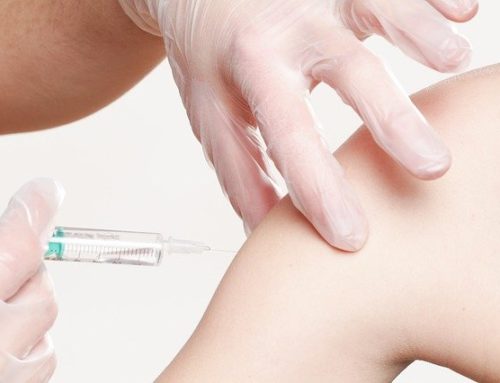The laws governing the statute of limitations for medical malpractice have several categories of exceptions. Primarily, these deal with when an injury is, or should be, recognized by a claimant.
For children and teens, these rules have further exceptions dealing with the changing and growing nature of young bodies.
Indeed, damage to a younger person can take a lot of longer to notice as they may be incapable of explaining how they feel, given the lack of a benchmark to compare against, or when it the impairment effects underdeveloped organs.
Legal Limiters
The statute of limitations for medical malpractice in Maryland starts at three years after the injury. This can be extended to five years when the injury is severe enough that a recovery period is considered to mask the effects of a malpractice injury.
For children this timeline starts after reaching the age of 11 years. This gives children time to identify a developmental issue or to learn through socialization that they have an impeded function.
Prior to Eleven
Injuries sustained prior to age 11 can be misleading because the rapid healing of a child makes some types of injury difficult to detect. Underdeveloped joints and tendons in the body would go unnoticed until body weight or height reached a point where the strain became apparent.
Growing pains can mask similar pain in bones and limbs. General clumsiness from an unknown paralysis can be written off as adjusting to changes in motor function.
In addition to the physical sensations, younger children simply lack the experience with vocabulary to explain different types of pain. An owie is an owie, not a tearing or burning or stabbing pain. This lack of contextual words makes isolating a problem difficult.
On top of tall of that, you also encounter the general propensity of children to exaggerate when they are hurt. More than a few parents have gone to a hospital for something as small as a rock in the shoe.
Spaying for expensive imaging on the hunch that a child is experiencing something out of the ordinary can be difficult to justify.
Pre-Puberty
The law also changes in regards to teens. Between the age of 11 and 16 secondary sex characteristics develop. Damage to the hormone producers such as the genitals, pituitary, and amygdala all play a part in puberty.
Damage to these systems can impact a person in a multitude of ways. First, growth can be influenced, leaving a person shorter and less developed than they otherwise would have been.
Exceptional damage can suspend or delay puberty causing both social and physical discomfort.
Injuries that result in sterilization get special attention and have some of the highest caps for medical malpractice awards.
The courts acknowledge that one component of quality of life is length of life. The longer a person is expected to have to deal with the effects of an injury, the more suffering they overall experience.
Injuries to children that effectively prevent them from becoming full adults are therefore given special attention.
Find Answers
If you or a loved one were injured by medical malpractice, as a result of error or negligence, you need to seek answers. It’s never a good idea to suffer alone or in silence. When dealing with the injuries to children, a loud voice needs to speak out for this vulnerable group.
Get help by contacting us today. We’ll help you sort the details on your case.













